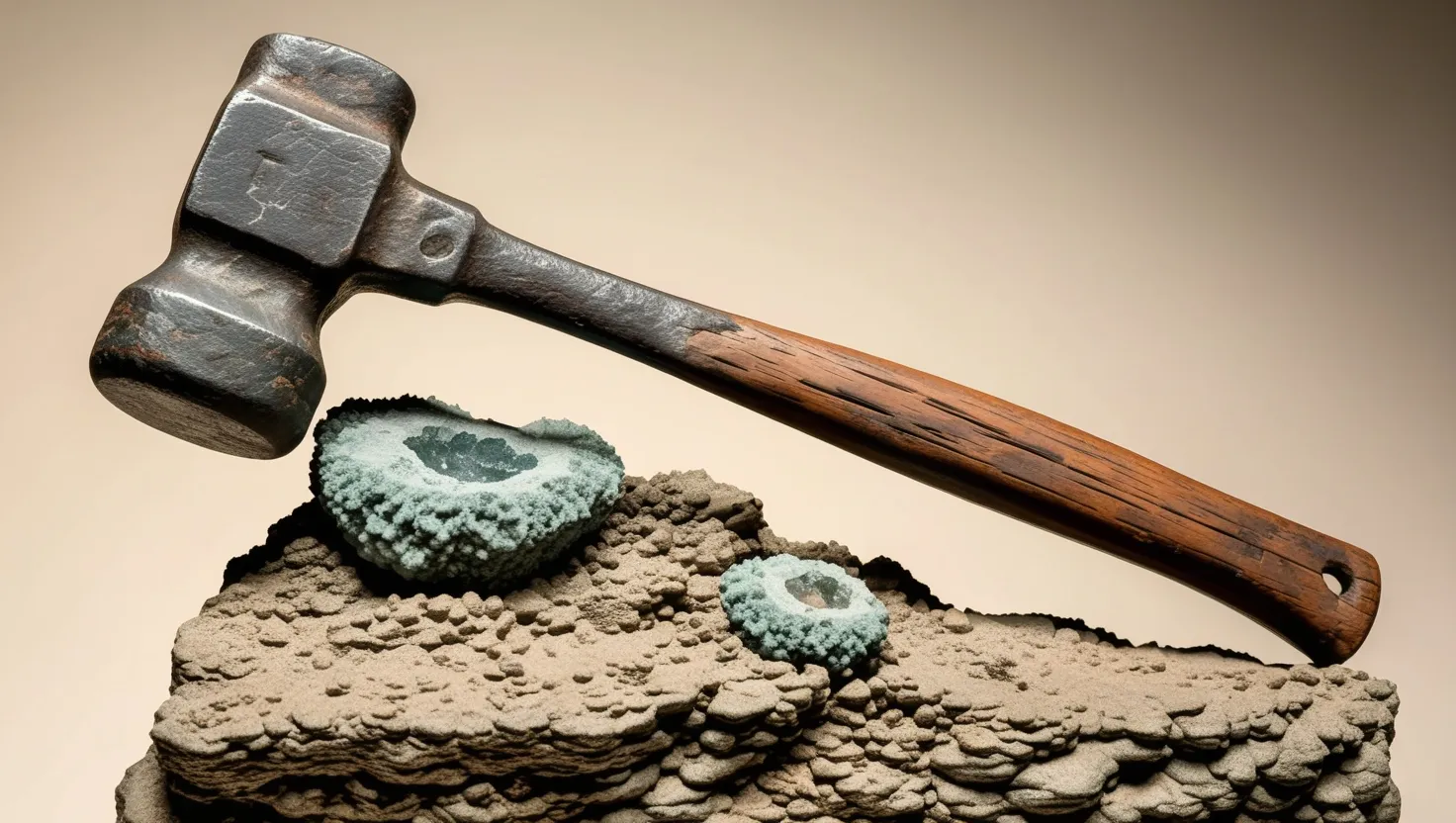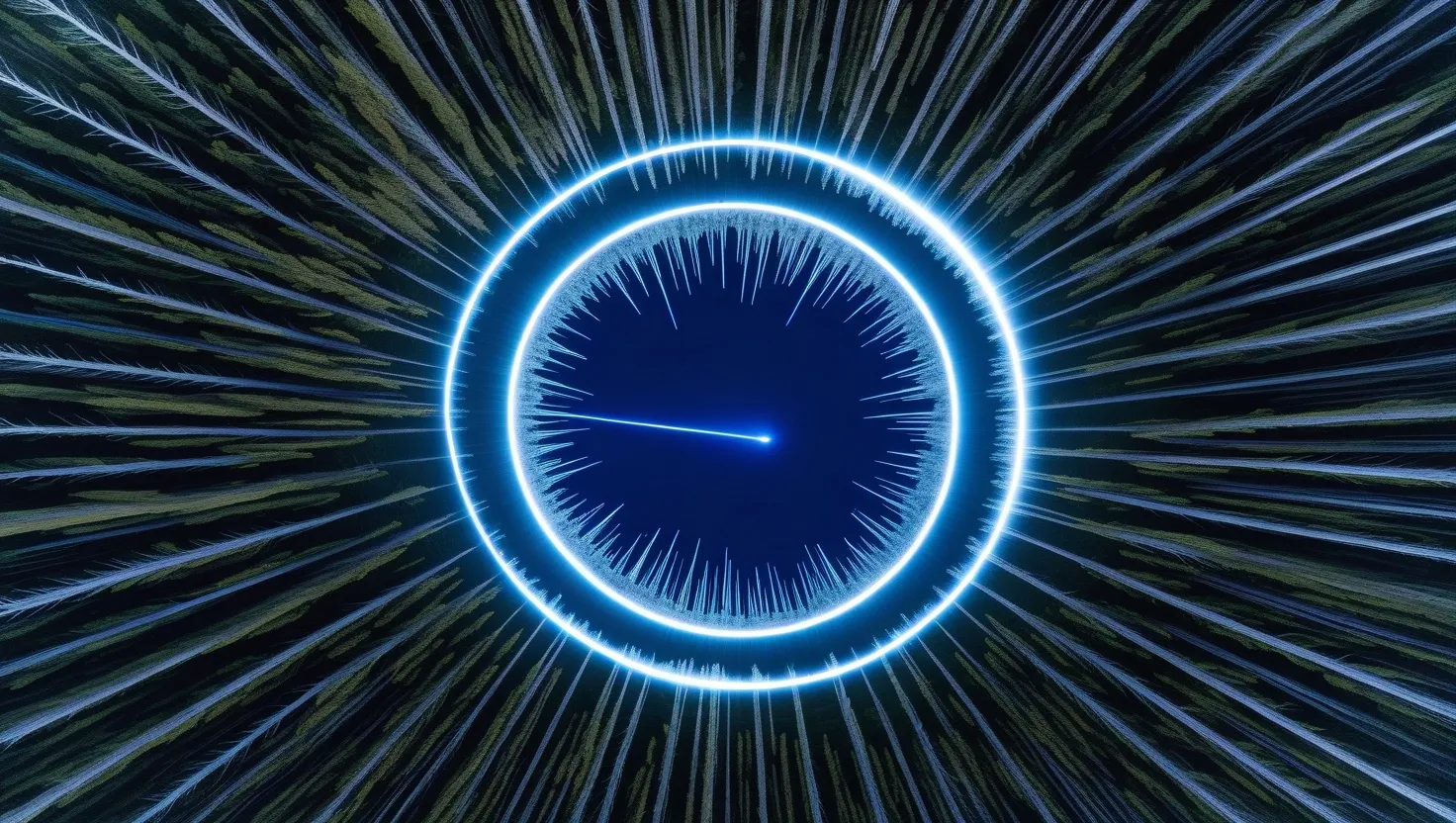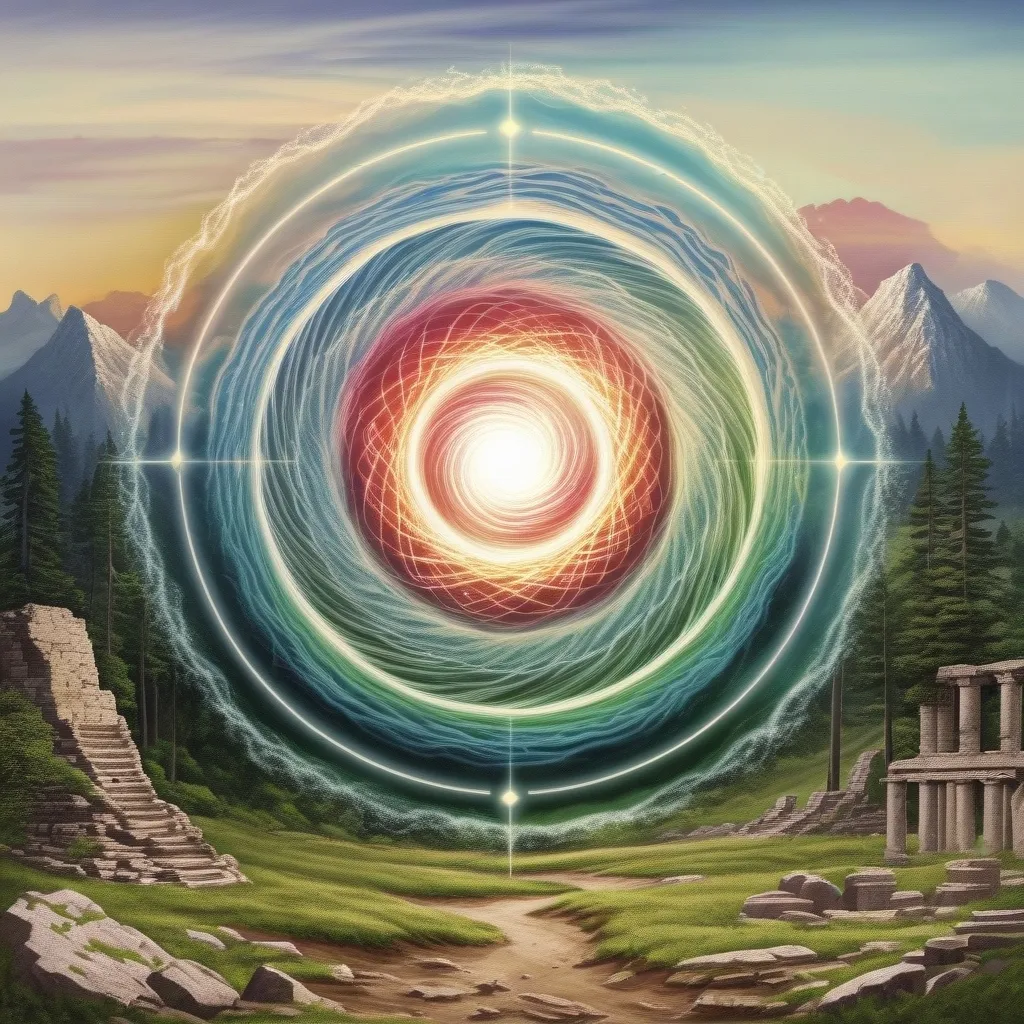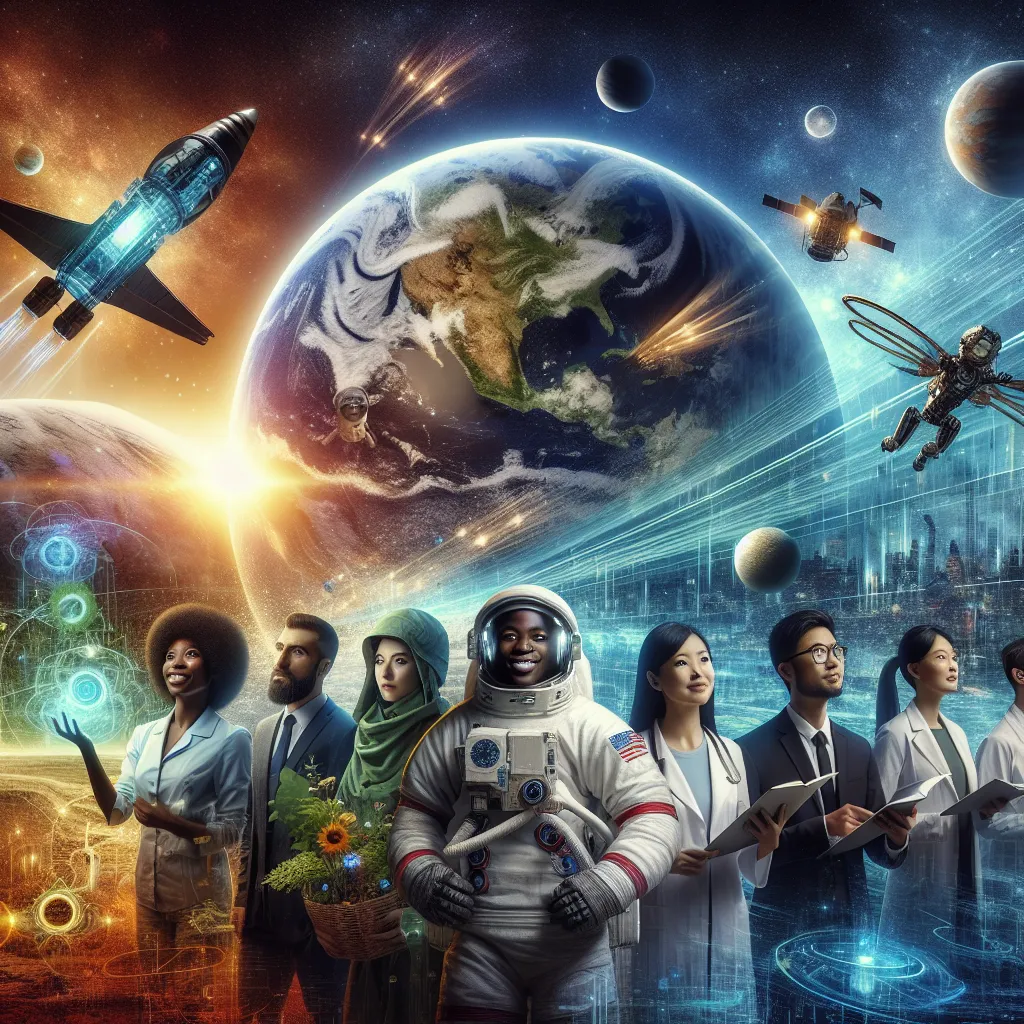In 1976, a NASA scientist was reviewing images of Mars’ Cydonia region when something amazing caught his eye. Amidst the Martian landscape, there appeared to be a structure resembling a human face. This “Face on Mars” sparked intense speculation, suggesting it could be the work of an extinct advanced civilization or even carry some religious significance. However, NASA quickly dismissed it, claiming it was an optical illusion, supported by a supposedly matching second photo that, interestingly, has never been found.
The mystery surrounding Mars has always fascinated us. From ancient civilizations thinking of Mars as a deity to modern astronomers unveiling its secrets, our relationship with the red planet has been a blend of myth and exploration. Italian astronomer Giovanni Schiaparelli’s observations in 1877, which were misinterpreted as sightings of canals built by Martians, only fueled the curiosity.
The first successful mission to Mars in 1965 by the Mariner 4 probe sent back disappointing yet captivating images. Mars didn’t have the envisioned alien cities but resembled a barren, cratered Moon-like world. However, the idea that Mars could have once supported life gained momentum. Evidence suggested that Mars had oceans, rivers, lakes, volcanoes, and even a global magnetic field, making it potentially habitable long ago.
When NASA’s Viking missions in 1975 sent probes to the red planet, the first high-resolution images of the surface included the notorious “Face on Mars.” This image skyrocketed public interest, but NASA reiterated it was just an illusion, showing another photo that couldn’t be produced upon request. This fueled a conspiracy theory alleging NASA was hiding the truth about Mars.
In addition to the face, Mars’ surface features structures like pyramids, a fortress, and other formations that seem almost too deliberate to be natural. Notably, the DNM Pyramid, a massive five-sided structure, exhibits characteristics atypical for natural formations.
Images over the years have shown other curiosities: monoliths, possible shipwreck remnants, doorways, tracks, domes, and alleged ancient carvings. Debates reignited when investigators and enthusiasts like Richard Hoagland analyzed images, revealing more detail, suggesting something meaningful in these Martian anomalies.
Despite the debunking efforts and controversies surrounding image manipulations, many people continue to advocate for further investigation. They argue that understanding Mars’ past–possibly uncovering evidence of a once-thriving civilization that fell to unknown cataclysms–is crucial. Some theories even suggest Mars experienced a massive nuclear event, hinting at a disastrous past involving either alien invaders or a self-destructive civilization.
Continuing to explore Mars might eventually answer these grand questions. Whether these theories hold water or not, critical scrutiny and exploration are necessary. The debate about structures like the “Face on Mars” isn’t just about squashing conspiracies but also honoring and understanding the long-lost potential of our neighboring planet.






